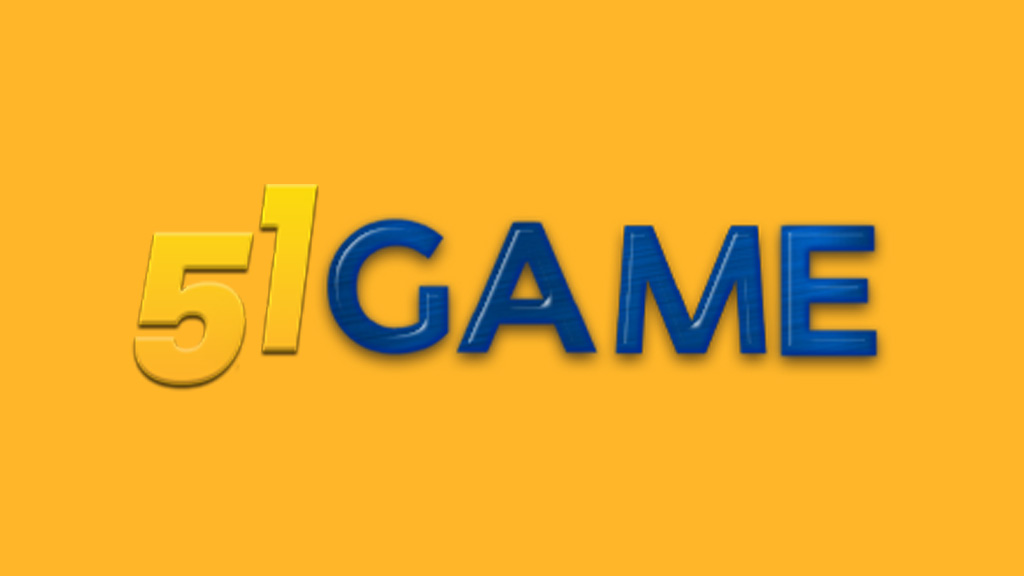#1
Physics Notes For UPSC Class 6th
1.MOTION AND MEASUREMENT OF DISTANCES
Means of Transport
From ancient times, people used different means of transport to travel from one place to another. Earlier, they used to move on foot, later on they used animals for transportation.
Later, they designed boats of streamlined shapes imitating the shapes of the animals living in the water. They invented the wheels and animals were used to pull carts that moved on wheels.
Beginning of the 19th century, the invention of the steam engine led to the development of new means of transport. Later automobiles, motorized boats, airplanes, and trains came.
Measurement means the comparison of an unknown quantity with some known quantity. This known fixed quantity is called a Unit.
Standard Units of Measurements
People also used the "foot" as a unit of length in different parts of the world.
People measured a “yard” of cloth by the distance between the end of the outstretched arm and their chin.
In ancient India, small length measurements used were an angul (finger) or a mutthi (fist).
In 1790, the French created a standard unit of measurement called the metric system. For uniformity scientists from all over the world have accepted a set of standard units of measurement called the International System of Units (SI units). The International System of Units (SI units) was set up as the convention for measurement.
The SI unit of length is a metre (m).
1.
1 m = 100 cm (centimetres)
2.
1 cm = 10 mm (millimetres)
3.
1 km = 1000 m
(kilometre is used to measure larger distance)
Correct Measurement of Length
The scale must be in contact with the object along its length.
If scales are broken or a zero mark is not visible, use another full mark of the scale. Next you must subtract the reading of this mark from the reading at the other end.
To avoid error, the eye must exactly be in front of the point where the measurement is to be taken.
Measuring the Length of Curved Line
Curved lines can’t be measured using a meter scale. A thread can be used to measure curved lines by creating a knot on one end and keeping that at the beginning. Then the length can be stretched out and measured by meter scale.
Motion and Its Types
Motion is a change in the position of an object with time.
1. Rectilinear motion: A type of motion where the object moves along a straight line, e.g., vehicle on a straight road, march-past of soldiers in a parade, the falling of a stone, or sprinters in a 100-metre race.
2. Circular motion: Object moves along a circular path e.g., blade of an electric fan or the hands of a clock.
3. Periodic motion: Object repeats its motion after some time or moves to and fro e.g., a pendulum, the motion of a child on a swing, strings of a guitar.









0 Comments